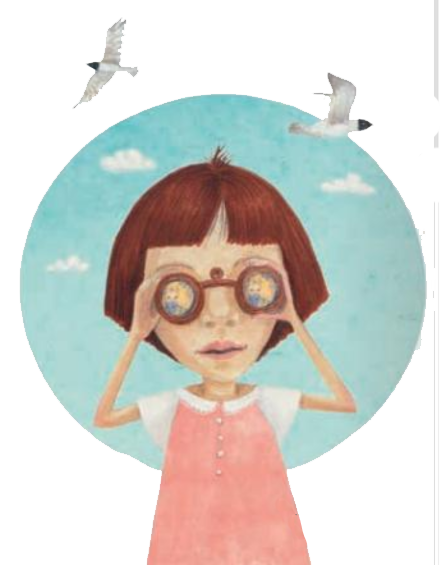Title Waltz with the stars
Our solar system
6th Grade Geography: Book: Learning about Earth
1st section- The earth as a celestial (Greek educational system)
 |
Materials for the lessonA flashlight,
|
Layout of the classroomThe desks-chairs must be by the walls of the class-room so as to have free space in the middle to move. The teacher makes concentric circles with a chalk or masking tape on the floor. The number of circles must be half the number of children in the class because the children will be divided in pairs. It will be good if the concentric circles are as many as there are in our solar system stars. It will be better, more exciting and funny if we have a relative blackout by the school’s curtains so as the light of the flashlight to have more extraordinary results |
|
Phase 1With the guidance of their teacher, children learn to waltz. We do not care how well they will waltz. Just good enough so as the can twirl and click on the circle that is set from the beginning on the floor. The teacher stands at the center of concentric circles and illuminates the flashlight. The music plays and scatters the melody of the whole class. Off course the flashlight falls on the pair of children when they pass in front of him. So a pair is illuminated on one side and not the other. The teacher helps with the proper moves and maneuvers that flashlight=sun falls accordingly and makes the lesson more understandable. |
|
Phase 2The bell rings and children are immobilized. The teacher gives the tags with the names of the planets in each pair. The music resumes and children dance. The teacher with the flashlight illuminates the planets as the sun in our solar system. At his own discretion, action can stop to correct or clarify the details (How planetary paths do not overlap and do not strike one another, slower one planet in relationship with someone else who turns faster etc.) |
|
Phase 3Couples can change paths for greater variety and they can switch tags too. |
|
Phase 4Children sit at their desks and the teacher presents the course by explaining and combining the creative course with the theoretical-cognitive way, with the known traditional form. Views and maps explain and show pictures that indicate the position of the planets on their orbits, their speeds etc.
|

 SmartOWL
SmartOWL